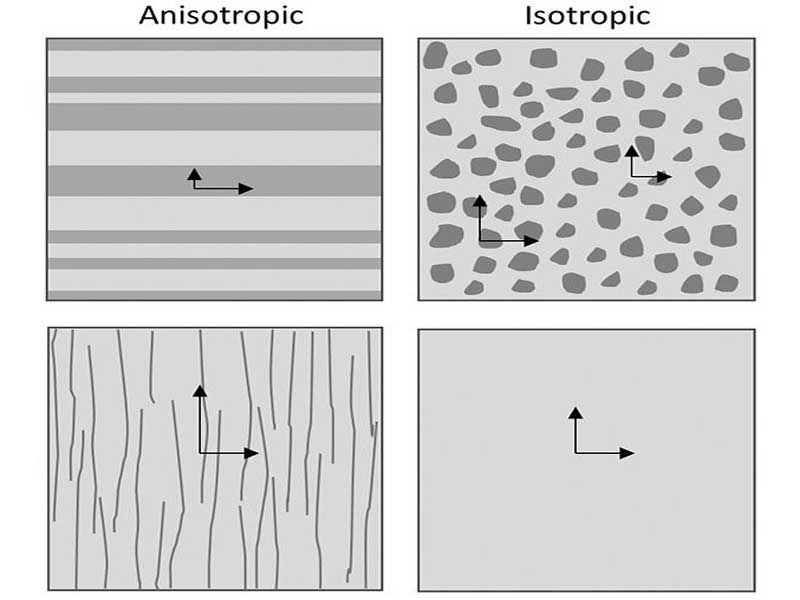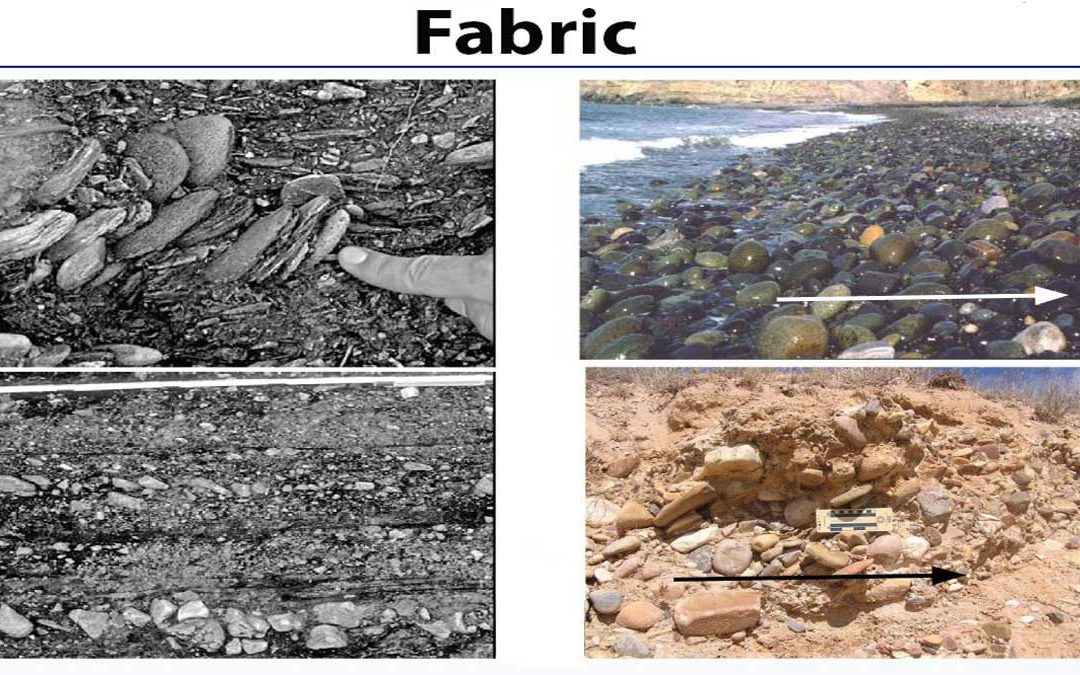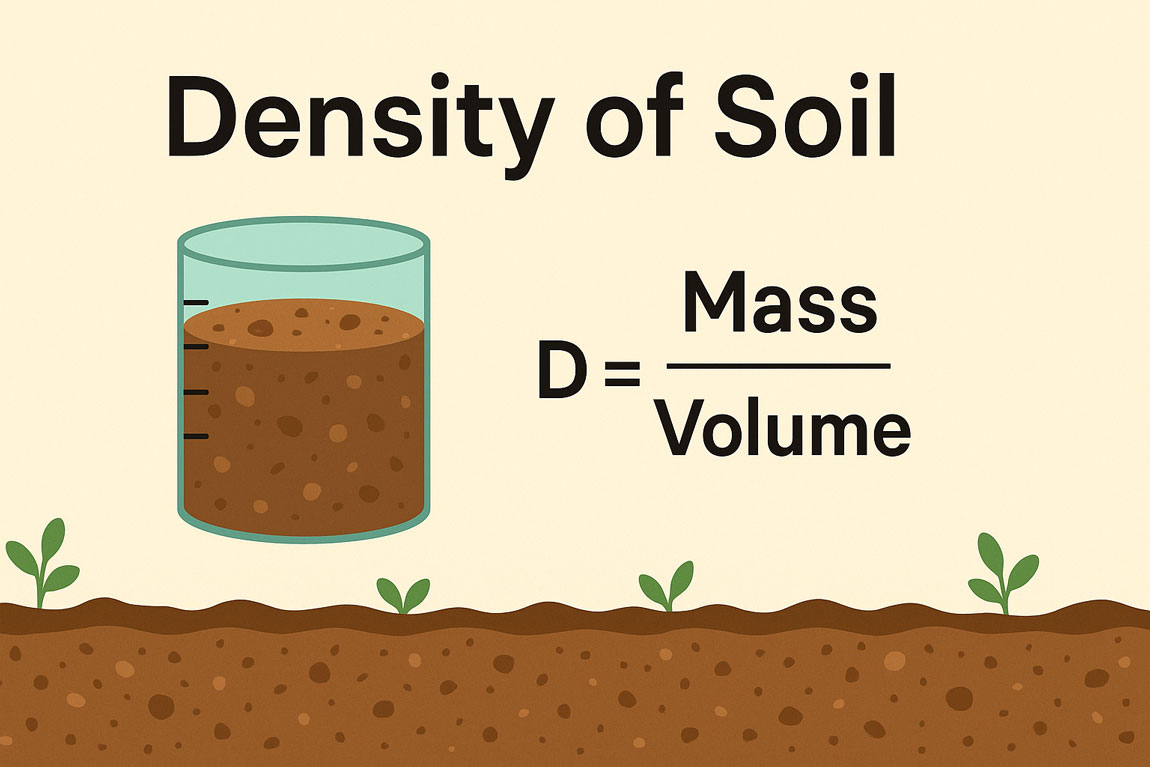What is Fabric:
Fabric means the orientation of grains. It is a property of grain aggregates. Any non-spherical object has an orientation. Features that are larger than single grains but smaller than sedimental structures.
Types of Fabric:
Generally, there are two types of fabric. They are
- Apposition
- Deformation
Another two types of fabric:

- Isotropic: The grains are oriented at random
- Anisotropic: The grains are oriented in a preferred orientation
Importance of fabric:
Fabric study is used in paleocurrent determination. However, the determination of fabric is done on grains having more than 4mm in diameter.
Its determination has its usefulness in determining the direction of current flow. it has been observed that the longer axis of the grains usually lies in the direction of the current.
Fabric of sedimentary rock:
The fabric of sedimentary rock controls the rock’s porosity and permeability and, therefore, its ability to hold and transmit fluid such as oil and water. the orientation, or lack thereof, of the crystals or grains that make up sedimentary rock constituents and aspects of the fabric.
Generally, there are two principal varieties of oriented fabrics.
- Primary or depositional.
- Secondary or deformational.
Primary fabrics are produced while the sediment is accumulating. i.e., river current and some sub-marine gravity flow generate sediment whose flaky and prismatic constituent particles have long or short axes parallel with one another to produce an oriented fabric.
Secondary fabric results from a rotation of the constituent element during diagenesis. fabric in coarse drastic sedimentary rock like conglomerates and sandstone can be determined by measuring and plotting dimensional directions,
Such as the long axes of pebbles or sand grains. In mud rock, it can be ascertained by studying the plate-like arrangement of mica and clay minerals.
In addition to orientation, a factor known as packing contributes to a rock fabric. Packing refers to the distribution of grains and intergranular spaces in a sedimentary rock; it is controlled by grain size and shape and the degree of compaction of a sedimentary rock. In turn, it determines the rock’s bulk density.
A description of packing is generally based on the analysis of thin sections of a sedimentary rock using a petrographic microscope. particular attention is paid to the number of grain-to-grain contacts and to comparisons between the sum of the length of grains to the total length of a travers across a thin section.






